|
|
|
|
Species Photo Gallery for Erasmoneura fulmina No Common Name 8 |
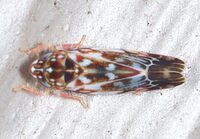 | Photo by: Jim Petranka
Madison Co.
Comment: | 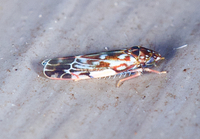 | Photo by: Jim Petranka
Madison Co.
Comment: unid_leafhopper |
 | Photo by: Jim Petranka
Madison Co.
Comment: unid_leafhopper | 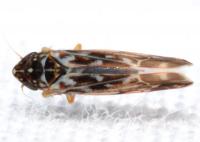 | Photo by: Kyle Kittelberger, Brian Bockhahn
Transylvania Co.
Comment: male |
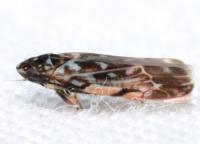 | Photo by: Kyle Kittelberger, Brian Bockhahn
Transylvania Co.
Comment: male | 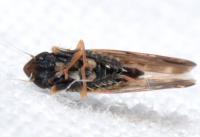 | Photo by: Kyle Kittelberger, Brian Bockhahn
Transylvania Co.
Comment: male |
 | Photo by: J. Allen Ratzlaff
Buncombe Co.
Comment: | 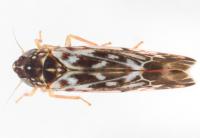 | Photo by: John Rosenfeld
Out Of State Co.
Comment: tentative |
|

 »
»




 »
»


